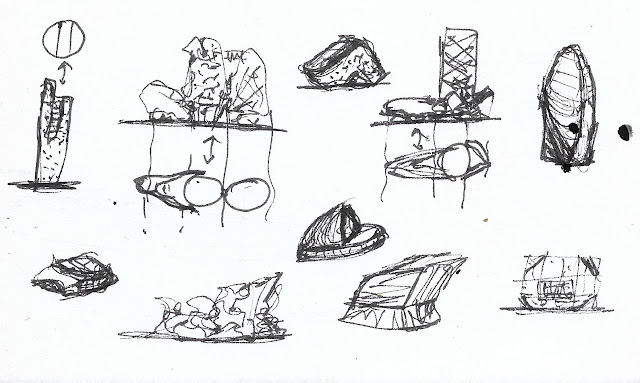Introduction
Architectural models play a pivotal role in the design process, serving as tangible representations of conceptual ideas and spatial configurations. From simple study models to intricate scale replicas, architectural models provide architects, clients, and stakeholders with a three-dimensional understanding of proposed designs, facilitating communication, decision-making, and visualization. This article explores the significance of architectural models in architecture, highlighting their role in the design process, their types, and their impact on project outcomes.
The Importance of Architectural Models
Architectural models serve multiple purposes throughout the design and construction phases:
1. Visualization: Architectural models offer a physical representation of abstract design concepts, allowing architects and clients to visualize spatial relationships, proportions, and massing in three dimensions. Models provide a tangible reference point for discussing design ideas and exploring alternative solutions.
2. Communication: Architectural models serve as powerful communication tools, enabling architects to convey complex design concepts to clients, stakeholders, and project teams. Models facilitate clearer communication by illustrating design intent, materiality, and spatial organization in a tangible and accessible format.
3. Analysis and Evaluation: Architectural models aid in the analysis and evaluation of design proposals by allowing architects to assess spatial relationships, lighting conditions, and circulation patterns. Models enable architects to identify potential design flaws, refine details, and optimize spatial layouts before finalizing design decisions.
4. Client Engagement: Architectural models enhance client engagement and involvement in the design process by providing clients with a physical representation of their project. Models allow clients to interact with the design, visualize proposed spaces, and provide feedback, fostering a collaborative and transparent design process.
Types of Architectural Models
Architectural models come in various types, each serving specific purposes and design stages:
1. Conceptual Models: Conceptual models are early-stage representations of design ideas, typically constructed using simple materials such as foam board, cardboard, or 3D-printed prototypes. These models convey the overall design concept and massing without detailed refinement.
2. Study Models: Study models are iterative representations of design iterations, allowing architects to explore different design options and spatial configurations. These models are often used during schematic design and design development stages to evaluate design alternatives and refine spatial relationships.
3. Presentation Models: Presentation models are refined representations of final design proposals, constructed with higher levels of detail and precision. These models are used for client presentations, public exhibitions, and marketing purposes to showcase the design intent and aesthetic qualities of the project.
4. Detail Models: Detail models focus on specific architectural elements or building components, providing a closer examination of intricate details, materials, and construction techniques. These models are used to communicate design details to contractors, fabricators, and craftsmen during the construction phase.
Impact on Project Outcomes
Architectural models play a significant role in shaping project outcomes and success:
1. Improved Design Quality: Architectural models facilitate better design decision-making by allowing architects to visualize and analyze design proposals in three dimensions. Models help identify design flaws, optimize spatial layouts, and enhance the overall design quality of projects.
2. Enhanced Client Satisfaction: Architectural models improve client satisfaction by providing clients with a clear understanding of the proposed design and its spatial qualities. Models enable clients to make informed decisions, provide feedback, and actively participate in the design process, resulting in greater client satisfaction and project success.
3. Streamlined Communication: Architectural models streamline communication among project stakeholders by providing a common visual reference point for discussing design ideas and project objectives. Models facilitate clearer communication, reduce misunderstandings, and promote collaboration among architects, clients, consultants, and contractors.
4. Increased Project Value: Architectural models add value to projects by enhancing their marketability, attracting potential investors, and generating interest from stakeholders. Models serve as compelling visual representations of design proposals, contributing to the overall success and viability of projects.
Conclusion
Architectural models are indispensable tools in the design process, serving as powerful aids for visualization, communication, and decision-making in architecture. From conceptual explorations to final presentations, models provide architects, clients, and stakeholders with a tangible understanding of design proposals, fostering collaboration, engagement, and creativity throughout the design and construction phases. As technology continues to advance, architectural models will evolve to incorporate digital tools such as virtual reality and augmented reality, further enhancing their capabilities and impact on the architectural profession.




























No comments:
Post a Comment